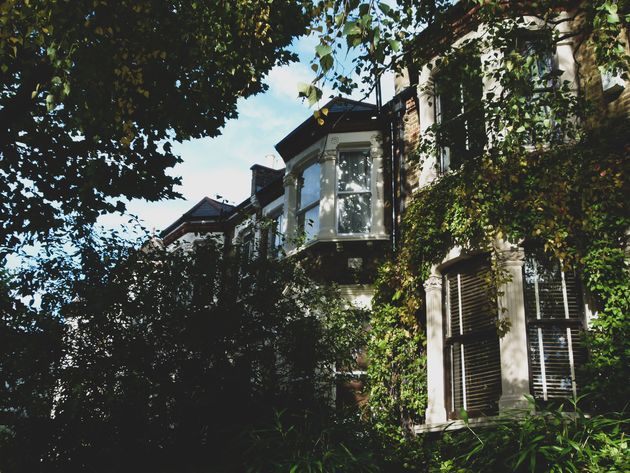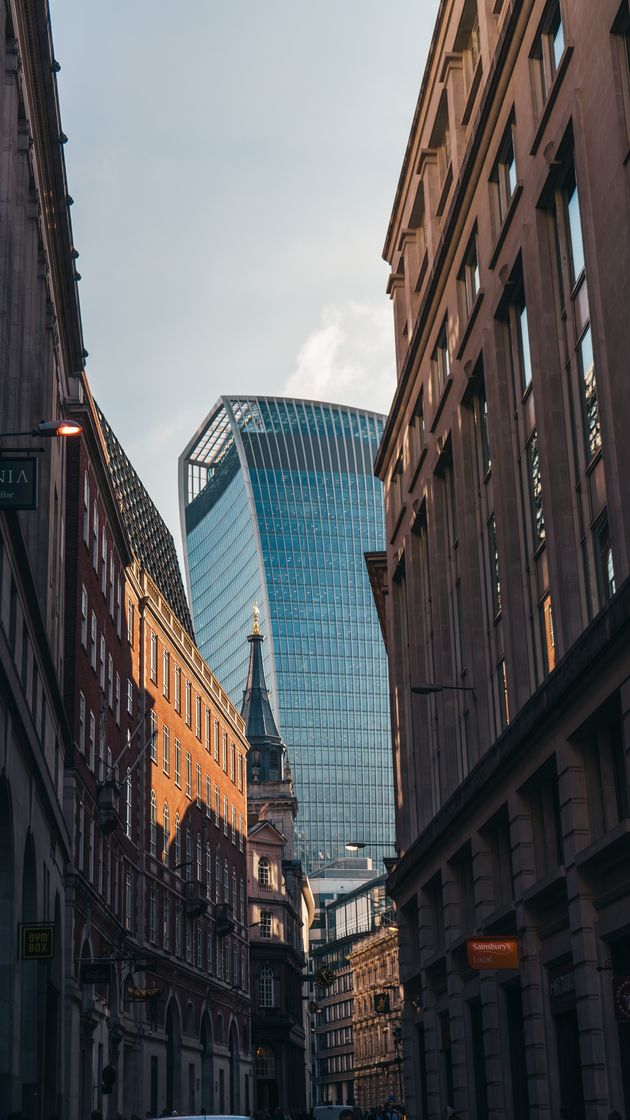
Living With Beauty is the final report from the government-appointed commission on the controversial subject of what beautiful housing looks like
After 13 months, two chairs and plenty of controversy, the Building Better, Building Beautiful Commission (BBBBC) has finally published its report on housing design in England. Despite the report, titled ‘Living in Beauty’, leading with the still-subjective calls to ‘ask for beauty’ and ‘refuse ugliness’, responses to many of the practical proposals have been surprisingly positive.
During its creation, the report prompted many arguments over the roles architects, planners and developers play in housing development as well as what constitutes ugly or beautiful housing. Create Streets – a foundation promoting low-rise density and historic styles such as Georgian terraces and mansion blocks – played a key role, with its founder Nicholas Boys Smith co-chair of the commission with the late Sir Roger Scruton, with other industry bodies and architects consulting.
As expected, the focus on beauty remained controversial – the means of determining ‘what beauty means’ should, according to the report, come from the ‘local population’ through a process of surveys and ‘engagement’ and an encouragement for planners to use ‘form-based codes’ specifiying building typologies, heights and materials.
Plenty to commend in the BBBBC report though the Scrutonish insistence that ‘beauty’ and ‘ugliness’ are somehow codifiable absolutes rather than mutable and subjective is funny. Of course ‘good design’ and ‘context’ are no less subjective
— Hugh Pearman (@hughpearman) January 30, 2020
Equally, the claim that ‘the educational influence of the Modern Movement, as guided by Le Corbusier, the Bauhaus and the Russian constructivists’ and those century-old designers’ ‘campaign against “pastiche” and historicism’ intimidates present-day planners felt struck an odd note. The suggestion that planning and architecture qualifications should make greater reference to England’s historical architecture was one of the remaining references to an idealised past in the report that many criticised.
The problem with the BBBB report is the prejudice inherent in it that somehow beauty only existed in the past #buildingbeautifulbuildingbetter
— Amanda Baillieu (@amandabaillieu) January 30, 2020
The controversial and subjective question of beauty aside, the report makes several suggestions for cross-industry changes, including the use of digital technology for community consultation, as well as training for planners and highway engineers in urban design, and also recommends that the government plants two million street trees. One of the most widely praised sections of the report was the criticism of permitted development rights, particularly the ability to convert offices to homes without needing to submit a planning application, which in some cases has resulted in homes as small as 13 sqm.
 The Living With Beauty report says that ‘ugliness intrudes and desecrates’
The Living With Beauty report says that ‘ugliness intrudes and desecrates’
The RIBA president Alan Jones said, ‘The Commission has rightly condemned Permitted Development Rights (PDR), which leave local authorities powerless to stop the development of poor-quality and potentially dangerous “slum” housing,’ and called on the government to urgently address the issue, as well as praising the idea of opening up architecture apprenticeships.
The section on nature, particularly regarding air quality and biodiversity was also welcomed, with several architects highlighting existing work on biophilia and wellbeing. ‘Countless amounts of research in recent years has shown the importance of biophilic design in improving our mental health and the consumer demand for green design,’ said Félicie Krikler, director at Assael Architecture, who praised the BBBBC for pushing for increased tree planting, though also highlighted that regulation should be less significant than, ‘listening to those who reside on our developments.’
The UK Green Building Council, which consulted on the report and provided evidence to the commission, expressed its approval of the report’s emphasis on nature and the inclusion of the UKGBC’s comments on the connections between biodiversity, building and mental health. ‘True sustainability and beauty are intertwined, and we are pleased to see the Commission echo our recommendations on the place of nature in good design. These recognise the need to promote environmental stewardship, regreen our towns and cities, meet our climate change target, and deliver truly regenerative development,’ Philip Box, policy and project co-ordinator, said in a statement on the report.
The report also called for the removal of VAT on the cost of renovation and repair was welcomed by many, something many in construction have called for as a means of incentivising reuse and refurbishment. The chief executive of the Federation of Master Builders, Brian Berry said ‘I am glad the Commission has highlighted the perverse situation where people are incentivised to demolish old buildings, rather than restoring them…If we want to restore and maintain our beautiful heritage it is vital we correct this anomaly in the tax system.’















